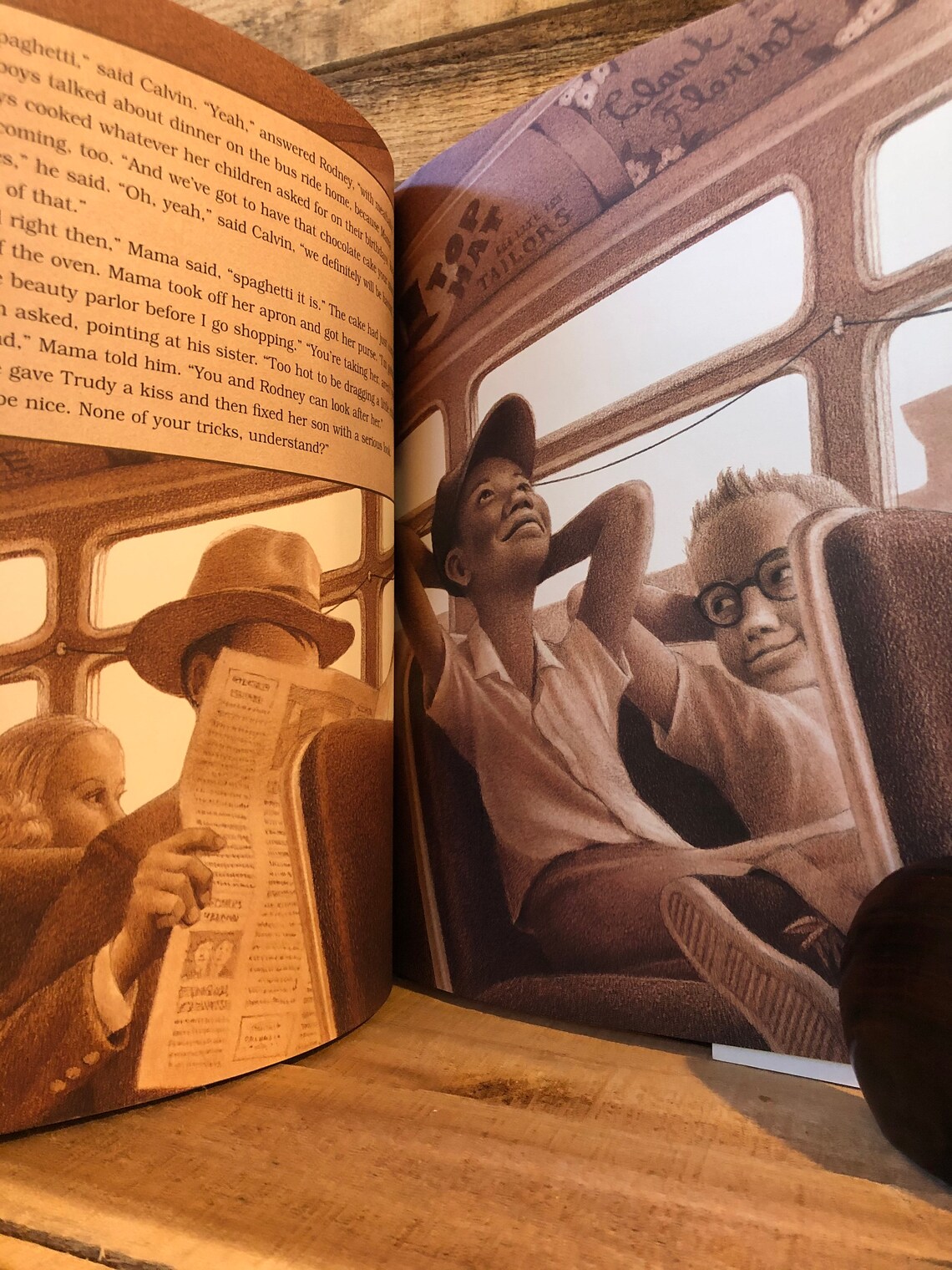

Adults will appreciate Van Allsburg's acuity, while many children will relish the darker aspects of his story. The sepia-toned illustrations are classic Van Allsburg, offering a visual study that is downright psychological the artwork's spare lines and clean surfaces reflect the obsessively orderly Bibot's nature. The dentist is a thoroughly unsympathetic character readers will rejoice when the long-suffering Marcel gobbles the second magic fig and, in a poetically just ending, reverses the master-slave relationship. The images in the book are unsettling, even ominous: Bibot lurking in a doorway with a rolled-up newspaper, ready to punish Marcel Bibot gleefully clutching a pair of pliers as he prepares to extract an old woman's tooth a frowning Bibot standing, fists clenched in anger, as his patient offers him the figs instead of cash. Accordingly, he makes plans to use the second fig to become the richest man on earth (and to ditch Marcel, his oppressed terrier, for a string of Great Danes). The pragmatic Bibot scoffs at this, of course, but learns otherwise after eating one.

The fruit, he's told, has the power to make dreams come true. Van Allsburg swings back into his most mystifying mode with this enigmatic, visually sophisticated tale of Monsieur Bibot, a ``very fussy'' French dentist who is given a pair of magic figs as a form of payment by an impoverished patient. Houghton Mifflin Harcourt (HMH), 18.95 (32pp) ISBN 978-1-8 Farmer Bailey thinks hes hit a deer while driving his truck, but in the middle of the.


 0 kommentar(er)
0 kommentar(er)
